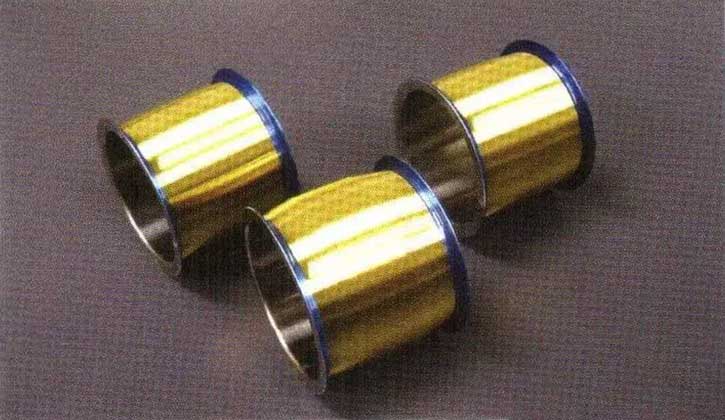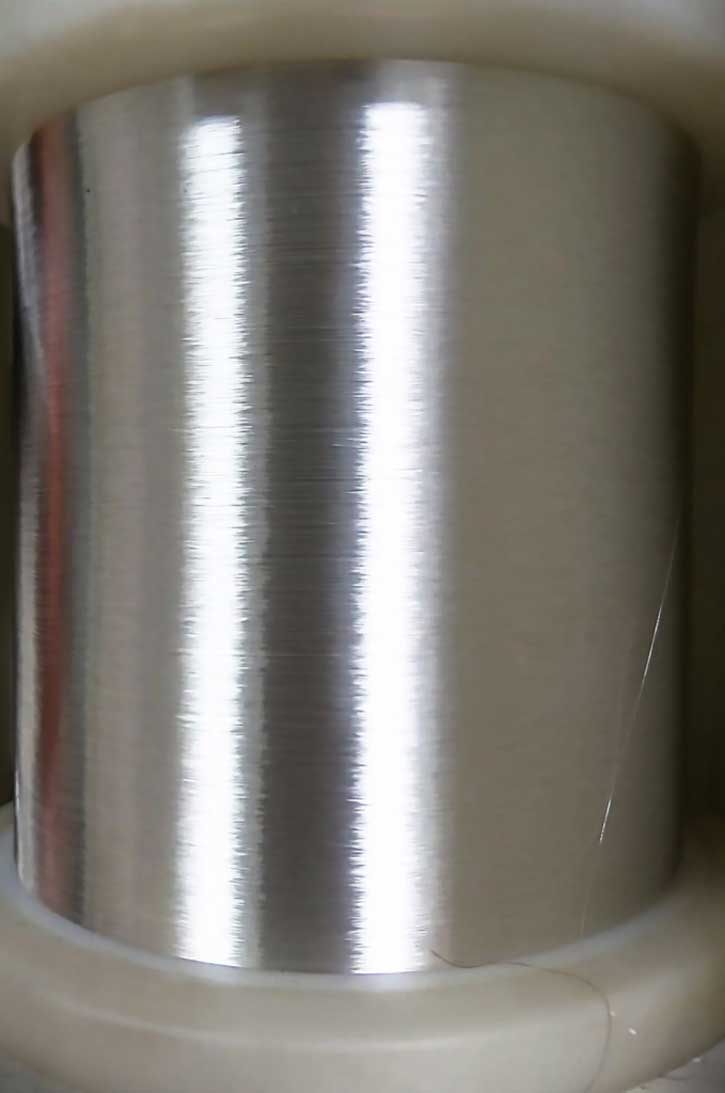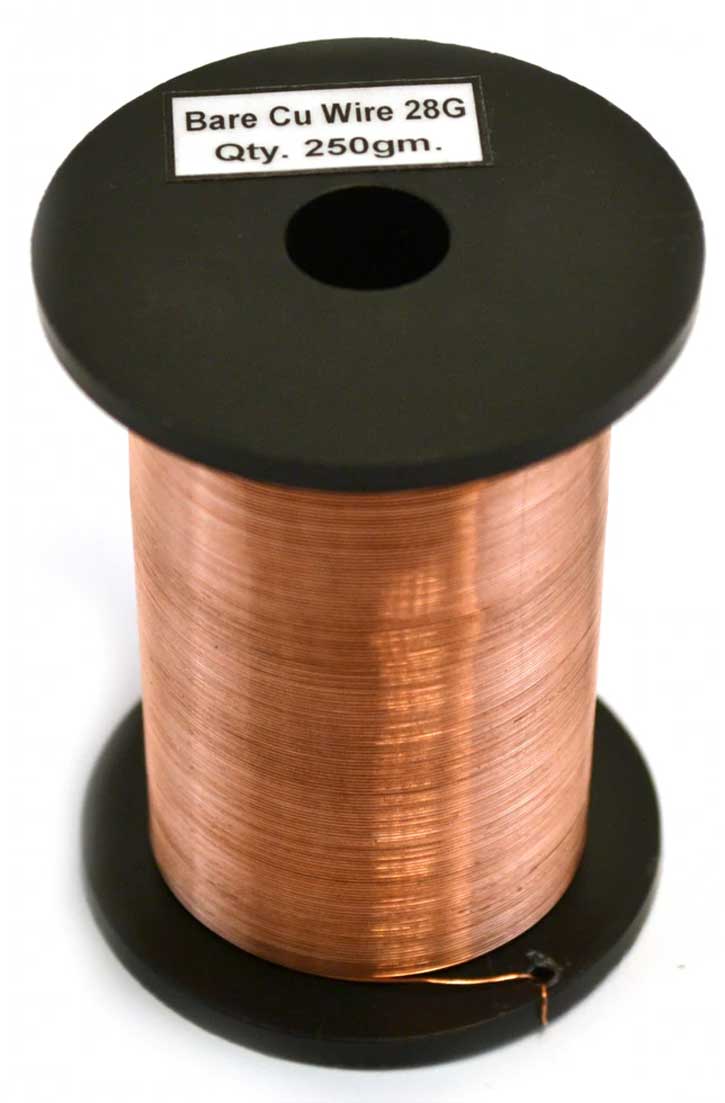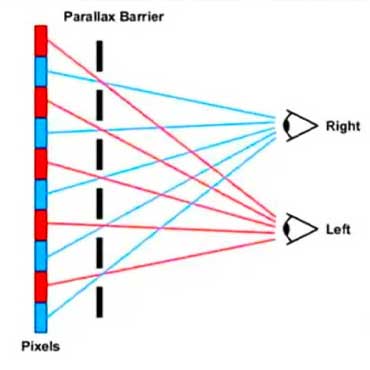The electrical appliances between the LED chip and the external pins need to be connected by wires, and these connecting wires be LED lamp bead package of different metal materials. Such as gold wire, silver wire, alloy wire and copper wire, etc.
Since the wire is connected to the LED chip, once there is a problem with the wire, the entire LED will be scrapped, which shows the importance of this wire. So what is the difference between wires made of different materials?
Introduction to the differences and advantages of gold wire, silver wire, copper wire and alloy wire
Gold wire:

With stable performance and high price, it is the first choice in the field of high-end packaging. The main functions of LED are lightening, discoloration, etc. Due to the strong anti-oxidation ability of gold and stable contact, LEDs using gold wires can make LED lights reach the highest brightness. It means that LEDs using gold wires can play a higher and more stable effect. The gold wires of LEDs are divided into single gold wires and double gold wires. How to distinguish them?
— Distinguishing method of single gold wire and double gold wire
Single gold wire, double gold wire (four gold wire) actually refers to the number of wires in the package when the LED is packaged. The method of distinguishing is very simple. In the LED lamp bead, you will see that there are gold wires soldered inside, and there are two gold wires (One on one side) is a single gold wire, and one with four (two on one side) is a double gold wire.
Regardless of single wire or double wire, one side is positive, and the other is negative, so gold wire is also called electrode chip, single gold wire is called single electrode chip, and double gold wire is called double electrode chip.
Generally, the single gold wire is a vertical structure, and the bottom can be directly energized, so there is one less electrode, and the electrode is directly made on the substrate. Generally, most of these chips are red and yellow.
Most of the double gold lines are horizontal structures, the positive and negative poles are made on a plane, and the bottom substrate is insulated. Generally, blue-green chips are mostly used.
The amount of gold wire is mainly related to the process and characteristics of the chip, and has little to do with the size of the chip. Under the size of 24mil, there are also two-electrode chips and single-electrode chips.
Double gold wire has four electrodes, large wafer size and low thermal resistance. At present, there are generally 2 lamps on the market with 0.5W and 0.75W lamp beads (also known as under-watt lamp beads), and 4 lamps with high-power light sources such as 1W, 2W, 3W and 5W. 2 lamp beads that directly achieve 1W have a large heat dissipation, and poor heat dissipation will definitely affect the life.
Silver wire:

Silver wire is a product that replaces traditional gold wire in the LED industry. In recent years, the price of gold has continued to rise, and the price of gold wire used for Led packaging has also continued to increase. At the same time, the price of Led products has continued to decline. Therefore, if you want to obtain products that do not lose the quality of gold wires, silver wires are generally used. .
–The advantages of silver wire
- The hardness is relatively soft, and the adjustment of machine parameters is not very large;
- The price is lower than that of gold wire.
- No gas protection is required when wiring;
- The tensile force of silver wire is not as strong as that of gold wire, but the time of light decay is better than that of gold, because silver does not absorb light.
- The silver wire has strong anti-oxidation ability, and it can reach 6–12 months without sealed storage.
Alloy wire (also known as silver alloy wire):
Alloy wire is a new generation of products that replace traditional gold and silver wires in the LED industry. In recent years, due to the rising prices of gold and silver, even if silver wire is used, the cost is still high. Therefore, cheap alloy wire has emerged from time to time and become a product to replace silver wire.
The composition of the alloy wire is mainly single crystal silver, and the general content is 80%-99%.
A large amount of silver is doped on the basis of gold wire, palladium and other components that keep IMC stable are various trace elements. The less the doping component, the higher the purity of the alloy wire, the better the quality. Although its quality is not as good as gold wire and silver wire, it still has many advantages.
–Advantages of alloy wire
- The price is lower than that of gold wire and silver wire;
- The performance is good, and the quality of the alloy wire with high purity is slightly lower than that of the silver wire;
- When welding with silver-plated bracket, the weldability is better;
–Disadvantages of alloy wire
- It can only be used if it is not mature enough to be used on old-fashioned wire bonding equipment or needs to be equipped with nitrogen protection.
- The oxidation resistance is not as good as gold wire and silver wire.
This is the same disadvantage as copper wire, and shielding gas is used, but it seems that only nitrogen can be used.
Copper wire:

Including single crystal copper wire and palladium plated copper wire, it also has many advantages
–The advantages of copper wire
- The price of copper wire is low, and the cost of various specifications of copper wire used in wire bonding is only one tenth of that of gold wire, which has great application potential in reducing costs.
- The high stiffness of copper wire relative to gold wire makes it more suitable for small wire bonding.
- The physical parameters such as hardness and yield strength of copper wire are higher than those of gold and aluminum.
— Disadvantages of copper wire
- The copper wire must be sealed, otherwise it will be easily oxidized, and the bonding process will be unstable.
- The application on the old-fashioned wire bonding equipment is immature, or it needs to be installed with nitrogen protection before it can be used.
The difference between gold wire and copper wire
- The copper wire is oxidized, causing the deformation of the gold ball and affecting the product qualification rate
- The aluminum layer of the first solder joint is damaged, especially for the thickness of the aluminum layer <1um;
- The second solder joint defect is mainly due to the fact that the copper wire is not easy to combine with the bracket, resulting in cracking or damage to the crescent moon, resulting in poor second soldering welding, and there is a reliability risk during the customer’s use;
- For many brackets, parameters such as the power of the second solder joint, USG (ultrasonic) friction and pressure need to be optimized, and the good rate is not easy to increase;
- It is difficult to unpack during failure analysis;
- The MTBA (hourly output rate) of the equipment will be lower than that of the gold wire process, which will affect the production capacity;
- The training period of operators and technicians is relatively long, and the skills and quality requirements of employees are higher than those of gold wire welding, which will definitely affect the production capacity at the beginning;
- Material confusion is prone to occur. If there are gold wire and copper wire processes in production, the production control must pay attention to the storage life and distinguish the list of materials. Wrongly typed or oxidized wires can only be scrapped, and miss operation warnings often appear, increasing the risk of failure. Big;
- The cost of consumables increases, and the life of the cleaver for copper wire is usually reduced by half or more than that of gold wire. At the same time, it increases the complexity of production control and the cost of porcelain nozzle consumption;
- Compared with gold wire welding, in addition to the ignition rod (EFO), there are more forming gas (synthetic gas) protective gas delivery pipes, and the positions of the two must be aligned. This directly affects yield. Precise control of the protective gas flow, the cost will increase with more use, and the defect rate will be high with less use;
- Al Splash. Usually easy to appear in wafers with thick aluminum layers. It is not easy to identify the impact, but be careful not to cause a short circuit. It is easy to crush the PAD or a solder ball. Cause the test to be low or customer complaints;
- Oxidation occurs after finishing the line, there is no standard judgment risk, it is easy to cause poor contact and increase the defective rate;
- It is necessary to re-optimize the Wire Pull, ball shear test standards and SPC control lines. The current gold wire usage standards may not be fully applicable to the copper wire process;
- There will be some restrictions on the underlying structure of the Pad for the first solder joint, such as Low-K die electric, those with vias, and those with circuits on the bottom layer, which require careful risk assessment. The existing wafer bonding Pad design rule for copper The line process needs to be further optimized. But today’s packaging factories using copper wires do not seem to be enough to affect the research and development of chips;
- Resistance from customers, copper wire technology is still difficult to accept for some customers with high reliability requirements, and even loses customer trust;
- The copper wire process may have reliability problems for the use of non-green plastic sealants (containing halogen elements)
- If there is fluorine or other impurities on the pad, it will also reduce the reliability of the copper wire.
- Assessments for things like Die to Die bonding and Reverse bonding are incomplete.




